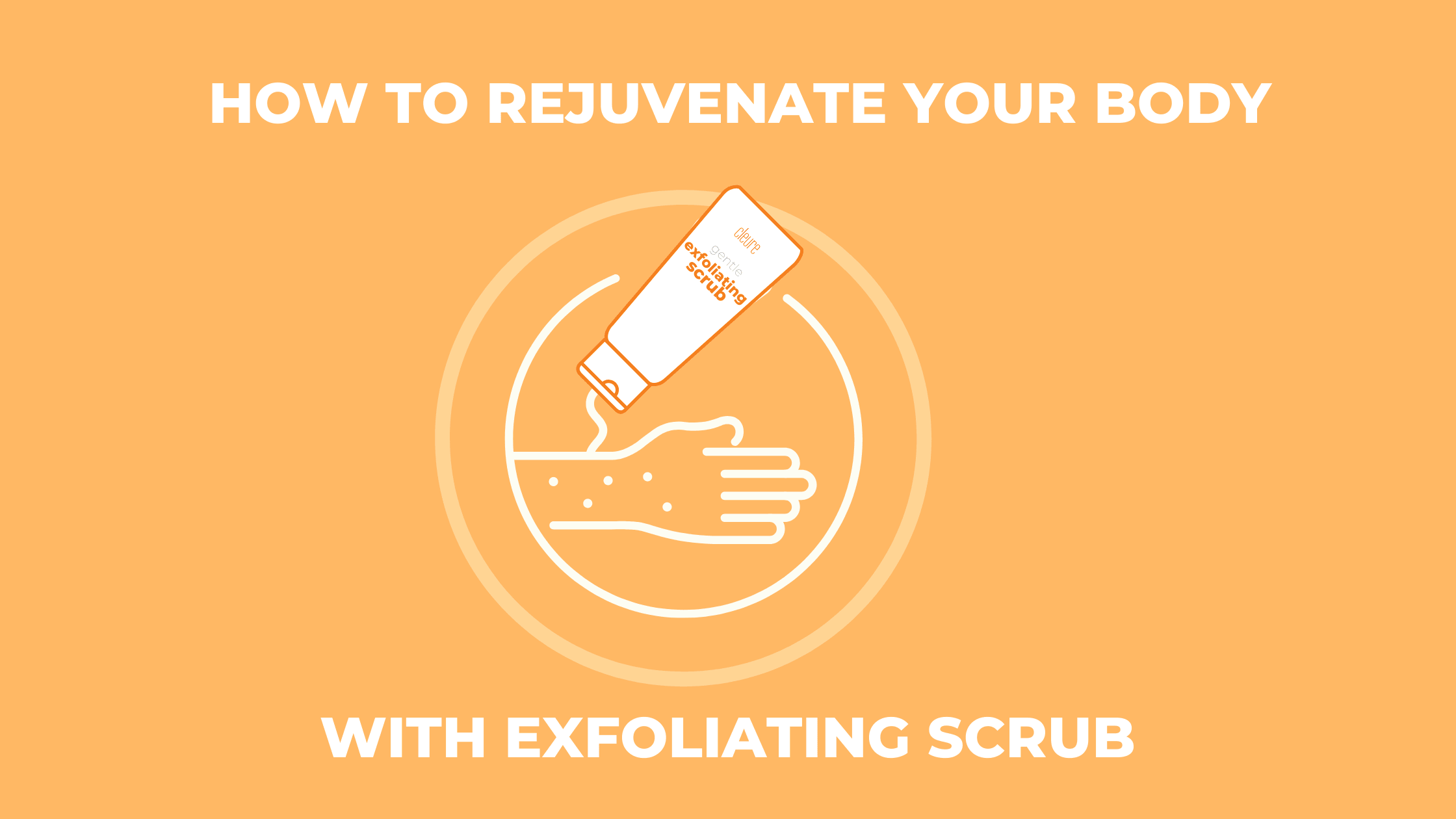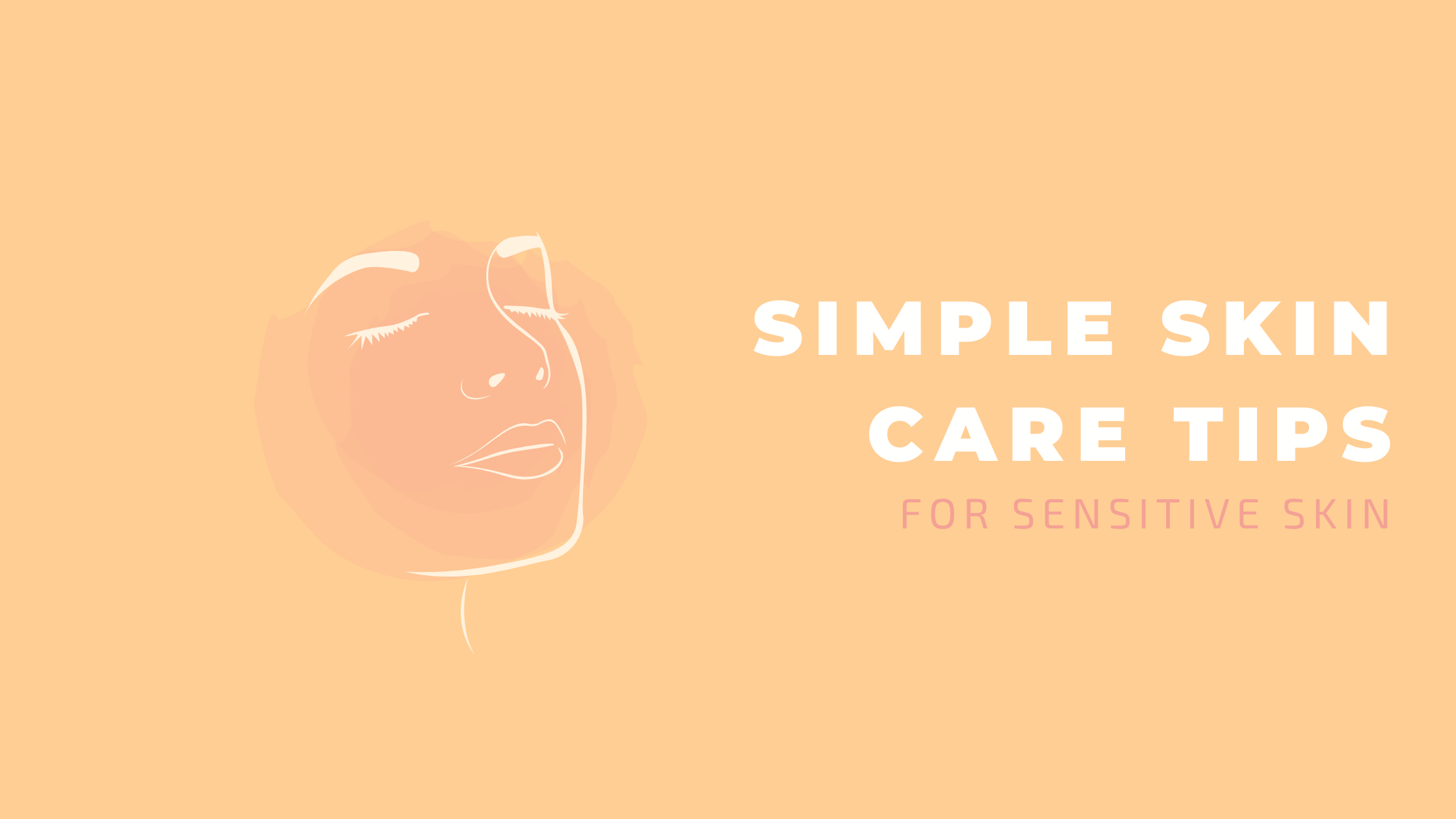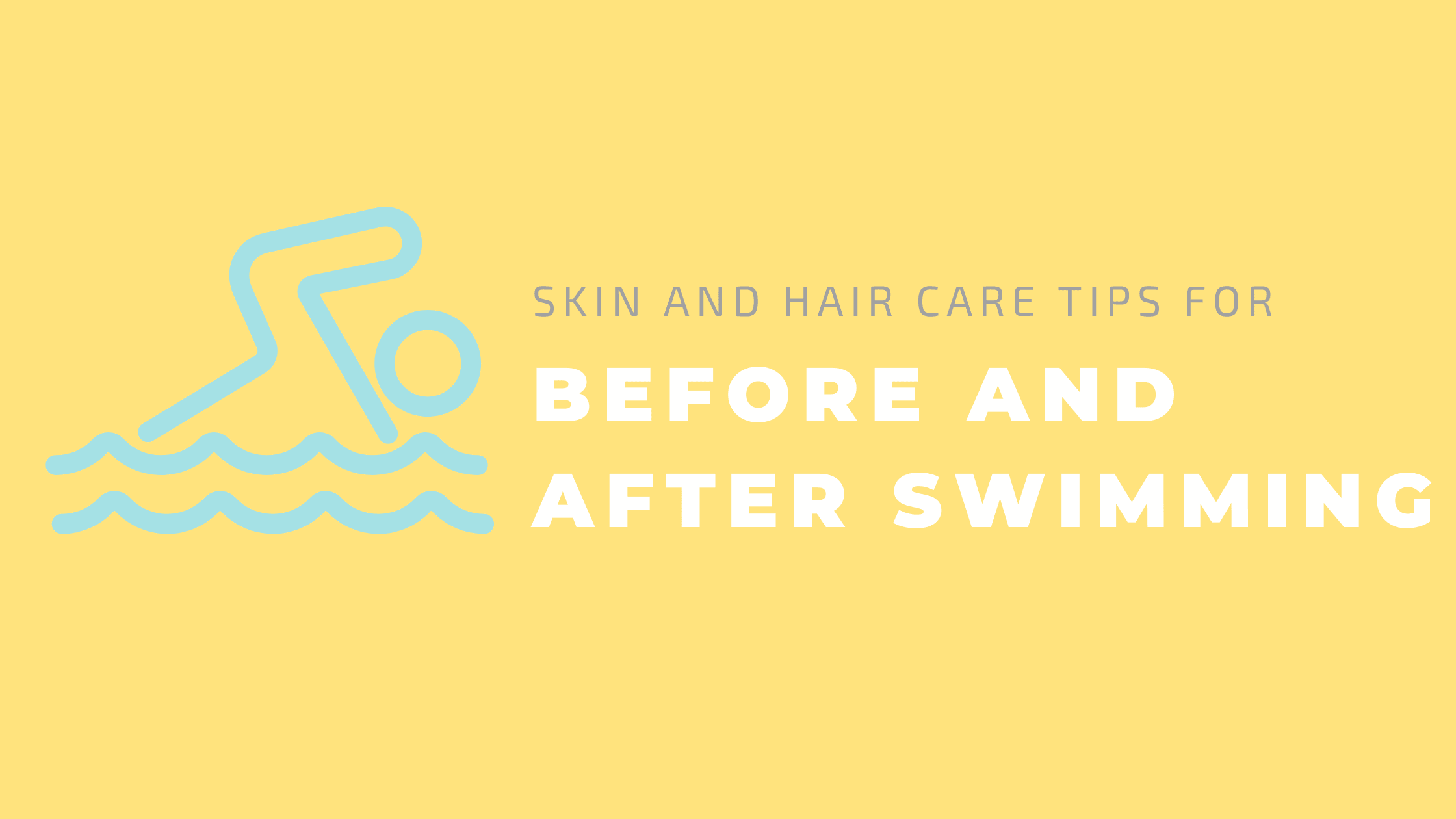
How to Rejuvenate Your Skin with Exfoliating Scrub
When you learn all the benefits of an exfoliating scrub, you'll understand why it's recommended by most dermatologists. Not only does a good scrub help your face, but your whole body. You'll feel and look radiant and rejuvenated from head to toe. You can perform it at home or visit a spa or dermatologist for your pampering for health and beauty.
Benefits of an Exfoliating Scrub
Whether it's your face or whole body, your skin regularly replaces dead cells with new ones. But if you don't help and remove the dead cells, they build up on the surface causing clogged pores and dull appearing skin. Many assume you should only exfoliate your face. There are many benefits to exfoliating your face, but the same benefits go along with exfoliating your whole body, including your scalp.
-
Scalp exfoliation helps remove build-up from hair styling products and environmental pollutants. The harsh buildup can lead to irritated scalp and unhealthy hair. A monthly scalp exfoliation will help invigorate your roots and encourage healthy follicles and hair growth.
It's best to purchase a specific scalp exfoliant, not one you use for your face. Follow the instructions, and use like any shampoo by massaging into your wet hair and scalp. Follow by rinsing. Based on your hair type, finish with your fragrance free conditioner.
-
Exfoliating your face helps to detoxify by removing dead skin cells that have come to the surface. If not removed regularly, your skin will appear dull and unhealthy. Removing these dead cells allows healthy cells to take their place, helping your skin to appear youthful and healthy.
To exfoliate your face, clean off any makeup. Using a warm wash cloth over your face for about one to two minutes, will allow your pores to open. With wet hands, place a small amount of a gentle exfoliating scrub in your palm. Gently massage the scrub with your fingertips in circular motions over your entire face. Rinse with lukewarm water. Depending on your skin type, scrub once or twice a week. Make sure for sensitive skin, to use a gentle exfoliating scrub.
-
Lip exfoliation is needed since dead cells can build up just like they do on your face. The more dead cells build up, the more your lips can get dry and cracked.
Using your gentle face exfoliating scrub, wet a cotton pad and place a small amount of your scrub on it. Gently massage the lips in a circular motion and rinse after about 1 minute. Moisturize your lips with a natural lip balm.
-
Exfoliating your body gets rid of dead cells and renews your skin. If not removed, these surface dead cells can make your skin appear flaky and dry. As we age, it's even more important to regularly give yourself a body exfoliation. By removing the dead body cells on the surface once or twice per week or even daily can help smooth your skin to feel soft and radiant. Just massage while in the shower and rinse off. Remember to moisturize afterwards.
Types of an Exfoliating Scrub
There are many types of exfoliating scrubs. There are over-the-counter types for you to do at home or stronger ones for deep exfoliating performed by a dermatologist. Dry or sensitive skin should avoid exfoliating scrubs, unless they are made specifically for sensitive skin to be non-abrasive. Whether you have mature skin, oily, dry, or acne prone skin, you can benefit from exfoliation.
-
The physical (also called mechanical) type of exfoliation is one which uses abrasive substances such as sugar granules, salt crystals, pumice, almond shells, apricot kernels or brushes. This type is abrasive and may not be the best choice if you have sensitive skin. It's used for acne, get rid of blackheads or to minimize pores. Using a sponge, skincare brush, microfiber cloth or loofah, rub your skin in a circular motion for exfoliation. If you focus on only one area, you may irritate your skin, so keep it moving to scrub your entire face or body. Make sure your skin is clean before exfoliating.
-
Microdermabration uses sand to remove the dead cells. This is another type of mechanical method of exfoliation. This should be performed by either a dermatologist or esthetician.
-
Chemical exfoliation helps remove dead skin cells with chemicals such as alpha-hydroxy acids (AHA), beta-hydroxy acid (BHA), glycolic acid, citric acid and salicylic acid. This type is recommended for treating acne. Chemical exfoliants may be applied by a dermatologist with stronger chemicals or over-the-counter products with lower concentrations for home use. Deeper chemical peels are performed by a dermatologist.
-
Fruit and protein enzymes are another type of exfoliating scrub or peel. The enzymes are applied to the skin and left for a few minutes. They dissolve and loosen the glue-like substance that holds cells together. After rinsing off with water, the enzyme is meant to unclog pores and remove dead skin cells.



Leave a comment
This site is protected by hCaptcha and the hCaptcha Privacy Policy and Terms of Service apply.